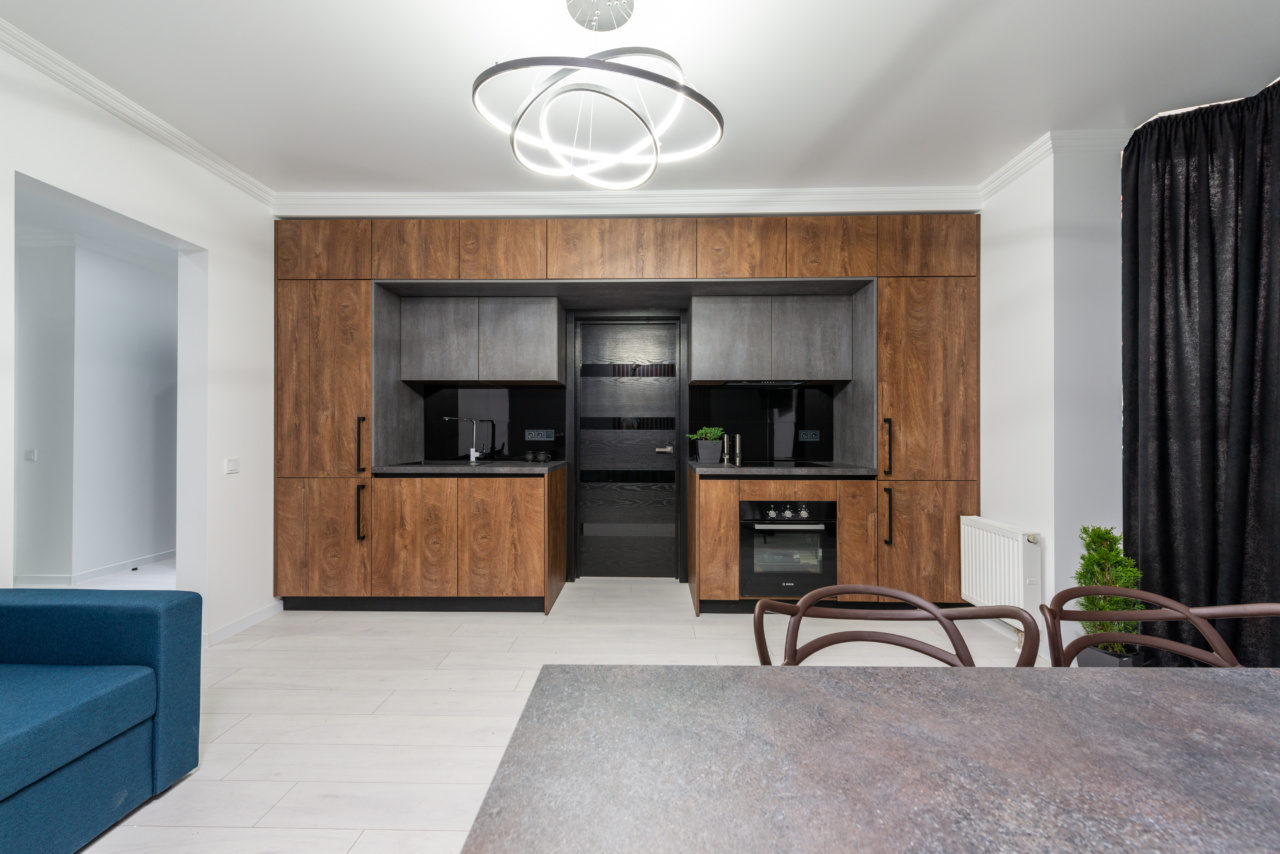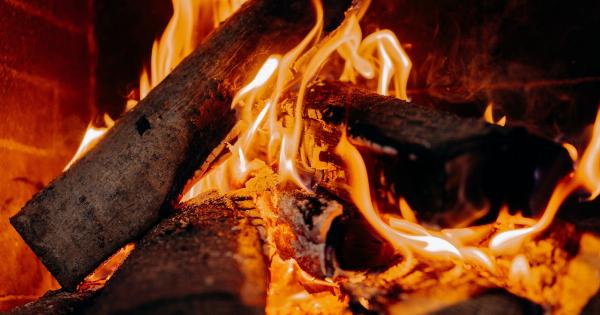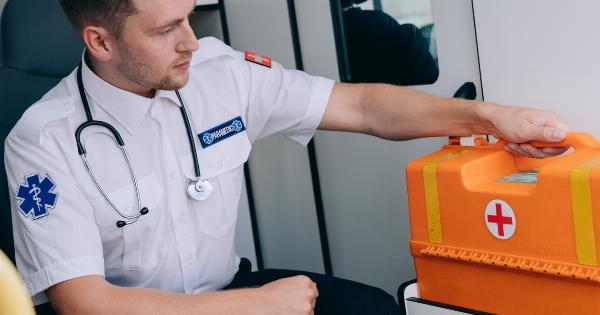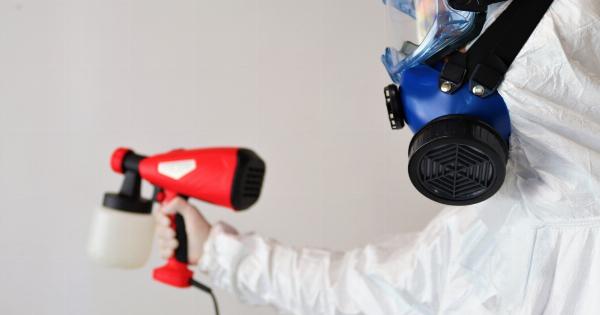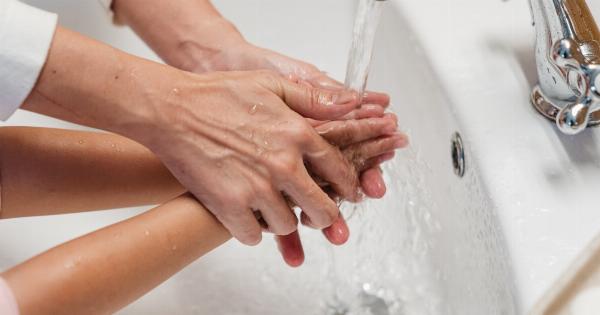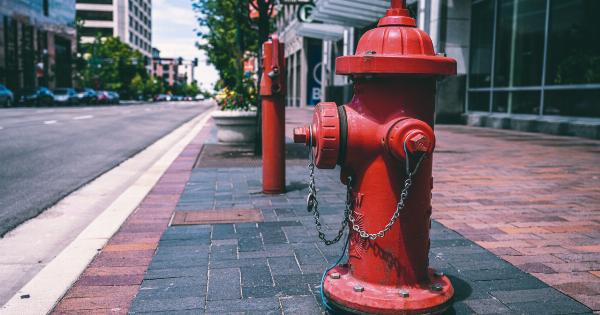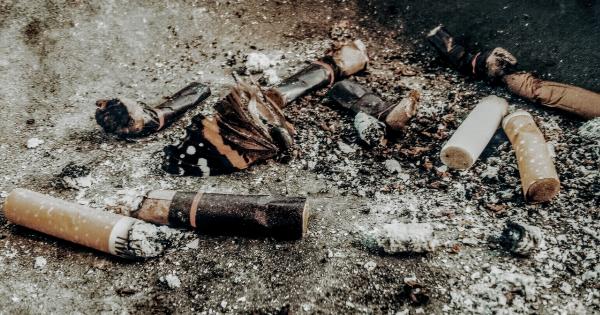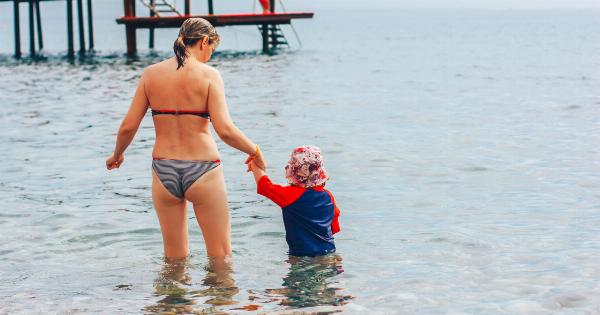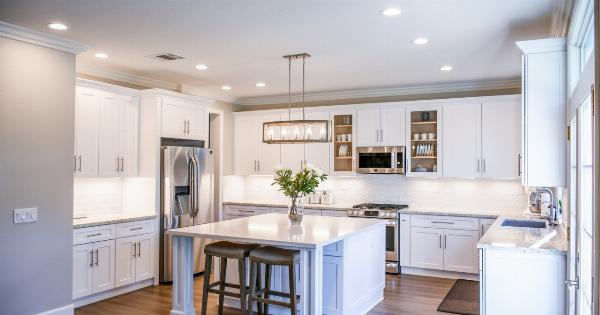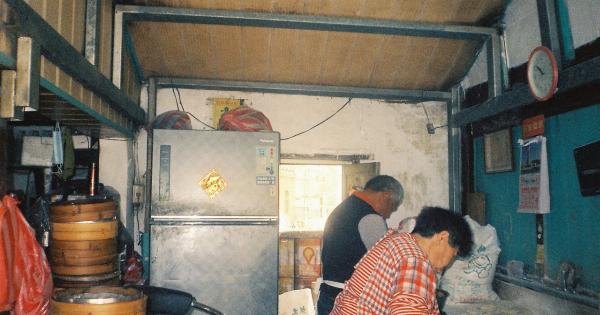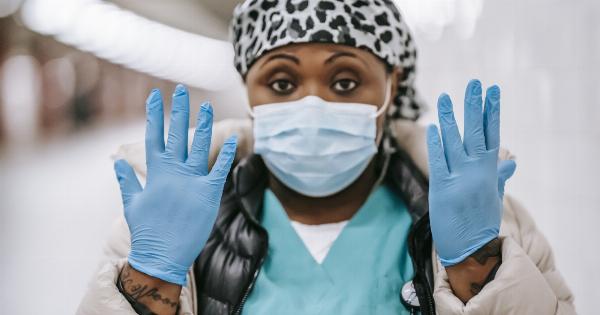When the chilly winter months arrive, keeping our homes warm and cozy becomes a top priority.
Heating systems are essential for maintaining a comfortable living environment, but it is crucial to be aware of potential hazards that can put our homes and loved ones at risk. In this article, we will explore common heating hazards, how to identify them, and the steps we can take to remedy and prevent such hazards.
1. Carbon Monoxide Poisoning
Carbon monoxide (CO) is an odorless, colorless, and tasteless gas that can be produced as a byproduct of the combustion process in heaters, furnaces, fireplaces, and other fuel-burning appliances.
Breathing in high levels of carbon monoxide can lead to severe health issues, or in extreme cases, even death.
To prevent carbon monoxide poisoning, it is essential to:.
- Install carbon monoxide detectors on every level of your home, particularly near sleeping areas.
- Regularly inspect and maintain heating systems and other fuel-burning appliances.
- Avoid using portable gas-powered generators or outdoor grills inside the house.
- Ensure proper ventilation by keeping flues and chimney vents clear of blockages.
2. Fire Hazards
Heating equipment is often a leading cause of home fires during the winter months. Faulty wiring, malfunctioning space heaters, and unattended fireplaces can pose significant fire hazards if not properly maintained or used.
Here are some steps to minimize fire risks in your home:.
- Have a professional inspect chimneys and flues annually and clean them if necessary.
- Keep flammable materials, such as furniture, curtains, and rugs, at a safe distance from heating sources.
- Never leave space heaters unattended and ensure they are placed on a stable surface away from any flammable objects.
- Do not overload electrical outlets or use damaged cords for heating appliances.
3. Electrical Malfunctions
Electrical heating systems also present potential hazards if not properly maintained or used. Electrical malfunctions can lead to shocks, electrical fires, and damage to appliances.
Follow these steps to reduce electrical hazards:.
- Hire a certified electrician to inspect your electrical heating system regularly.
- Never attempt to repair or modify electrical systems unless you have the necessary expertise.
- Replace damaged or frayed cords immediately, and avoid using extension cords as a permanent solution for heating appliances.
- Ensure outlets and switches are not overloaded with too many appliances or heaters.
4. Space Heater Safety
Space heaters are popular for providing targeted heat to specific areas. However, they can be dangerous if not used correctly.
Follow these guidelines to safely use space heaters:.
- Place space heaters at least three feet away from any combustible materials.
- Do not leave space heaters unattended or turn them on while sleeping.
- Choose models with safety features like automatic shut-off when tipped over.
- Keep children and pets away from space heaters.
5. Proper Furnace Maintenance
Your furnace is a critical component of your home’s heating system, and regular maintenance is necessary to ensure its safe operation.
Consider the following steps for maintaining your furnace:.
- Schedule an annual professional inspection and tune-up.
- Replace furnace filters regularly according to the manufacturer’s recommendations.
- Keep the area around the furnace clean and free from clutter.
- Ensure proper airflow by not blocking vents or registers.
6. Overheating and Ventilation Issues
Overheating can lead to various safety hazards, including fires and damage to the heating appliance itself. Additionally, inadequate ventilation can reduce air quality and introduce respiratory health concerns.
Prevent overheating and ventilation problems by taking the following actions:.
- Do not use ovens or stovetops as heating sources.
- Ensure that heating appliances are not covered or blocked by any objects.
- Keep doors closed and seal any drafts to maintain an appropriate indoor temperature.
- Consider installing proper ventilation systems, such as exhaust fans, in areas prone to moisture and condensation.
7. Thermostat and Temperature Control
Proper temperature control not only ensures comfort but also helps prevent overheating and inefficient energy usage.
Implement the following measures for effective thermostat and temperature control:.
- Regularly check and calibrate your thermostat to ensure accurate temperature readings.
- Use programmable thermostats to automatically adjust temperatures based on occupancy and time of day.
- Maintain consistent indoor temperatures to minimize strain on heating systems.
8. Regular Inspections and Professional Services
While many heating hazards can be addressed with simple preventive measures, regular inspections by professionals can identify potential issues that may have gone unnoticed.
Here are some instances when professional services may be required:.
- Annual furnace and heating system inspections and maintenance.
- Chimney and flue inspections and cleanings.
- Electrical system evaluations and repairs.
- Repair or replacement of damaged heating equipment.
9. Educating Household Members
Creating awareness among household members about heating hazards and safety practices is crucial for maintaining a secure living environment.
Ensure that everyone in your household is aware of the following:.
- How to recognize and respond to carbon monoxide poisoning symptoms.
- Safety protocols when using space heaters or other heating appliances.
- The importance of keeping heating equipment clean and free from obstructions.
- Emergency procedures in case of fires or other heating-related accidents.
10. Emergency Preparedness
Despite taking precautionary measures, emergencies can still occur. Therefore, being prepared for such situations is essential.
Follow these steps to be prepared for heating-related emergencies:.
